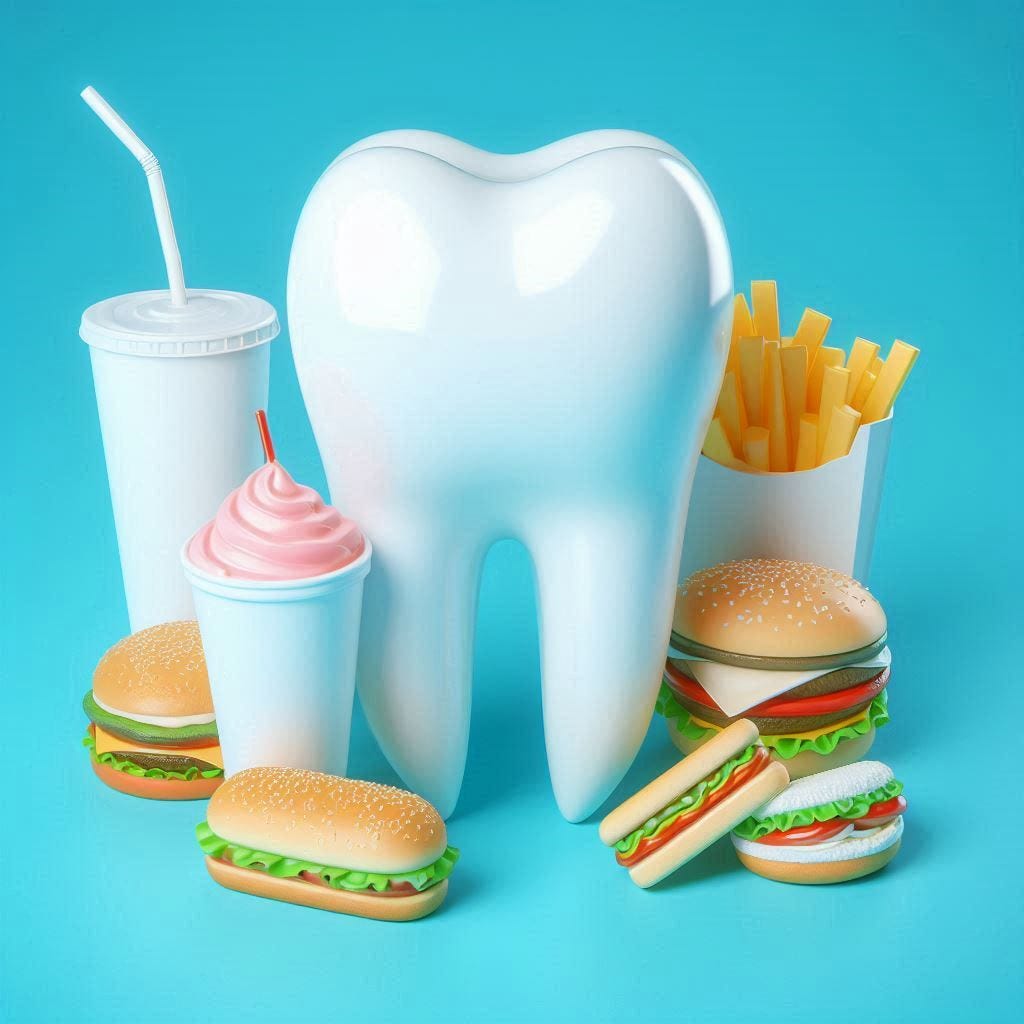There is a strong focus on individual responsibility when it comes to the prevention of dental disease, in part because diseases like caries, periodontitis and oral cancer have risks factors rooted in individual behaviours – poor oral hygiene, sugar consumption, tobacco and alcohol.
But there are shortcomings to this focus on behaviour change, not least that the evidence suggests that there is not a strong correlation between motivation, beliefs and attitudes with actual behaviour. Behaviour change models only account for around 40-50% of the variance in intention and only around 20-40% of the variance in behaviour. Perhaps that’s because behaviour change assumes a rational and logical basis for human behaviour, and we know that humans are anything but rational and logical.
More than 30 years ago researchers proposed a ground-breaking model – the social determinants of health – to help explain why we saw a strong social gradient across a range of health conditions. It was a transformative way to consider this problem of health inequalities, and it highlighted the need to move away from focusing on individual behaviours and to look upstream at better ways to prevent disease at a population level.
And that’s not to negate the importance of trying to modify those behaviours at the individual level, but it’s important to understand that some of those factors – education, income, language or access – make those changes easier or harder for many people.
Scholarship has now shifted to exploring the commercial drivers of poor health, recognising that there is an important role in how corporations and commercial practices also shape and influence health and wellbeing.
Because we know that commercial actors use their influence and power to shape policies and systems in ways that are designed to maximise their own profits through marketing, lobbying or shaping public and political discourse. And the net result is usually that profits increase, and health suffers.
Initially commercial determinants research had a strong focus on harmful industries or the creators of harmful products such as tobacco, alcohol and processed foods, because they are all associated with a range of non-communicable diseases including obesity, diabetes, stroke, cancer and lung disease. And of course, to oral diseases as well – dental caries, periodontal disease and oral cancers.
Commercial practices are not just related to the way that food and beverage companies market and reformulate their products or reshape our physical environment. We also see evidence in health professions, for example lobbying from professional associations to restrict practitioner numbers or limit scope of practice has ensured that demand for dental care continues to outstrip supply, potentially leading to higher costs and under-served locations.
Deregulation in the university sector has seen the cost of dental education skyrocket, with graduates from some universities now paying up to – and perhaps more than - $400,000 to become a dentist. This will impact on the maldistribution of the workforce and will inevitably flow through to increased fees for patients, further exacerbating access challenges.
The net result of many commercial practices is that at the same time corporations are profiting they are also externalising the costs of their harm – in the form of poor health, treatment costs and lost productivity - to states, families and individuals.
And the risk is that whilst we continue to focus on individual responsibility, and play the blame game with patients, we are letting the real culprits off the hook. Failing to hold corporate actors accountable for their role in shaping the poor oral health of the community means that we will continue to effectively prevent dental disease at a population level.
In this episode of the Dental as Anything podcast I talk about our new paper Oral Health Meets Commercial Determinants: An Opportunity to Bridge Individual and Structural Approaches published this week in the Australian Dental Journal with colleagues from the University of Sydney and Deakin University.
We highlight the role of structural and commercial factors, operating outside an individual's control, that drive the high prevalence of oral disease and inequities at a population level, and argue that dental practitioners must also consider the broader commercial forces which contribute to oral disease in order to make meaningful steps in reducing inequities in the burden of oral diseases.
















Share this post